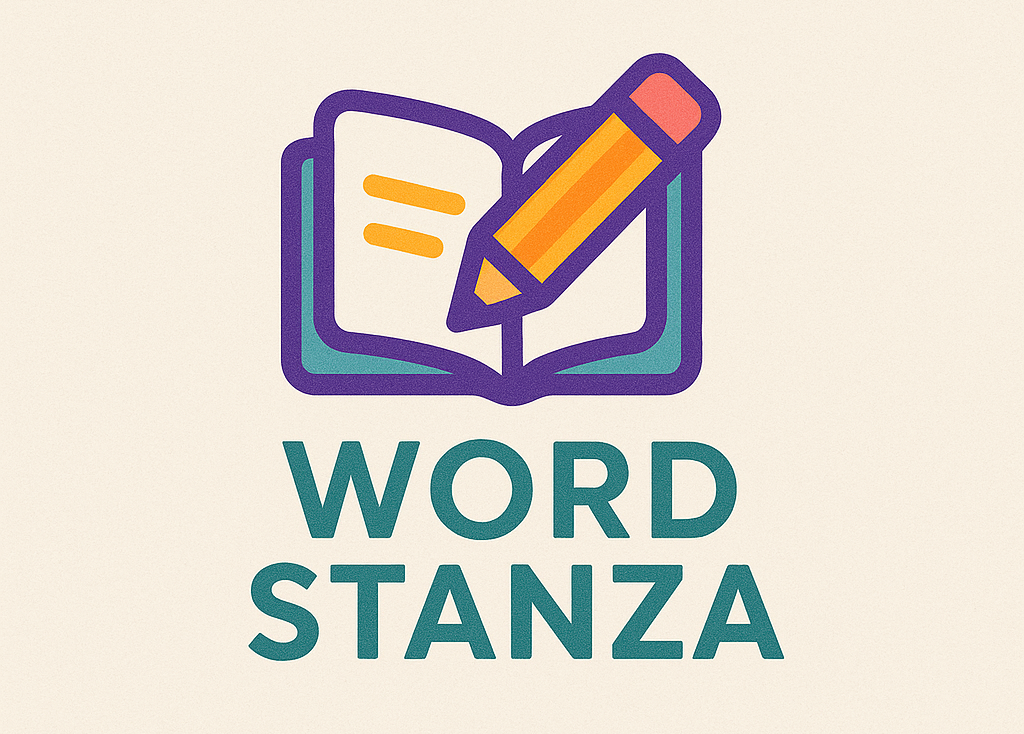The job offer letter is an often overlooked but very important step in the hiring process. If you’re well-prepared, you can avoid confusion and potential mistakes that lead to negotiations over employment terms.
The following paragraphs will explain how to create a best job offer letter that’s effective, efficient, and provides for both parties’ protection.
Basic structure
The content of most job offer letters is typically consistent and standard, but there can be some variation. Here’s a general breakdown of the sections:
— An introductory paragraph that includes information about the offer and where it comes from (usually with details like who, what, when, and where). Some employers will list the salary and benefits that the candidate will receive. However, this is a matter that should be discussed during a phone conversation or face-to-face interview.
— A description of the job responsibilities and what it entails from day today. This is where you’ll see all of the main duties listed out, as well as any major projects or goals that need to be met within a certain time frame.
— A paragraph that describes the work environment, including what the company expects from its employees and how it operates. This can include office hours, dress code, preferred communication styles, etc. Not every employer will have expectations for their employees in this regard. However, uniqueness among companies doesn’t negate the need for a description of your potential work environment.
— A paragraph that talks about the opportunity and benefits for growth and future success. This can include company growth, additional responsibilities, and bonuses or promotion opportunities. It’s often the employer’s way of saying, “We know you’re good, and we want to keep you around!”
— The last paragraph announces the start date and provides a list of the next steps. This can include details like when to begin, where to report for orientation and the location of your training program. Some employers also provide an interim step such as an extended probationary period or shortened starting hours before full-time pay begins.
Conclusion
As can be seen, the best job offer letter is an important component for employers who want to ensure a smooth transition from candidate to employee. When followed, this document allows both the employee and employer to understand what they can expect from each other and any potential extra steps along the way. It’s also helpful in avoiding confusion about whether or not an offer is still valid since some companies may remove offers once they’ve been accepted by the candidate.




